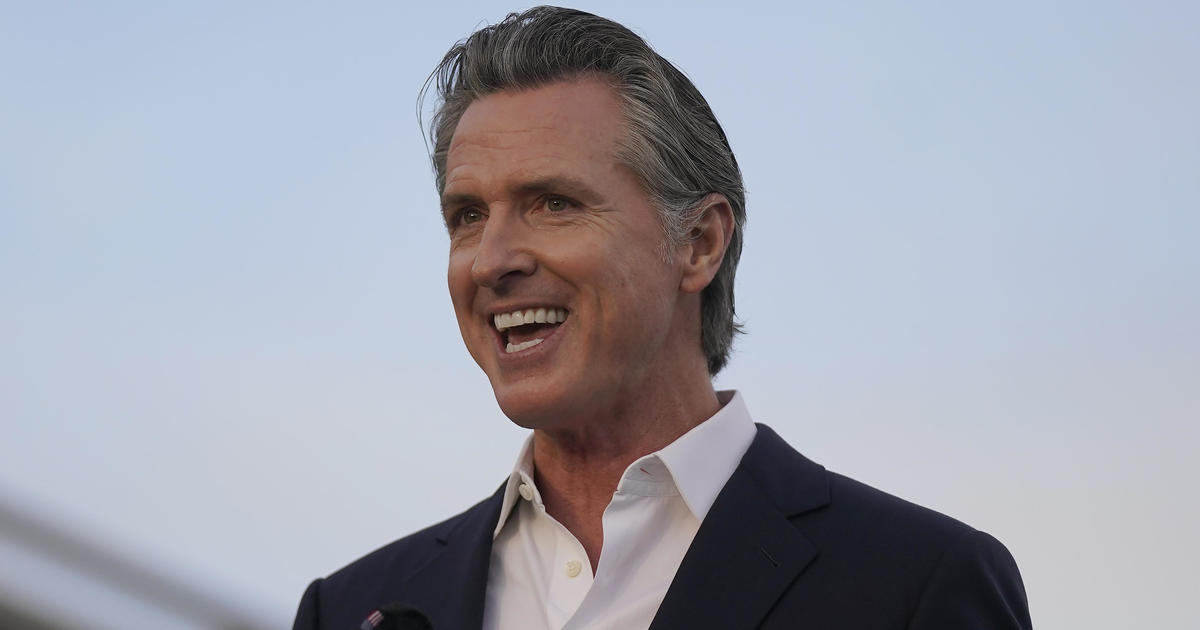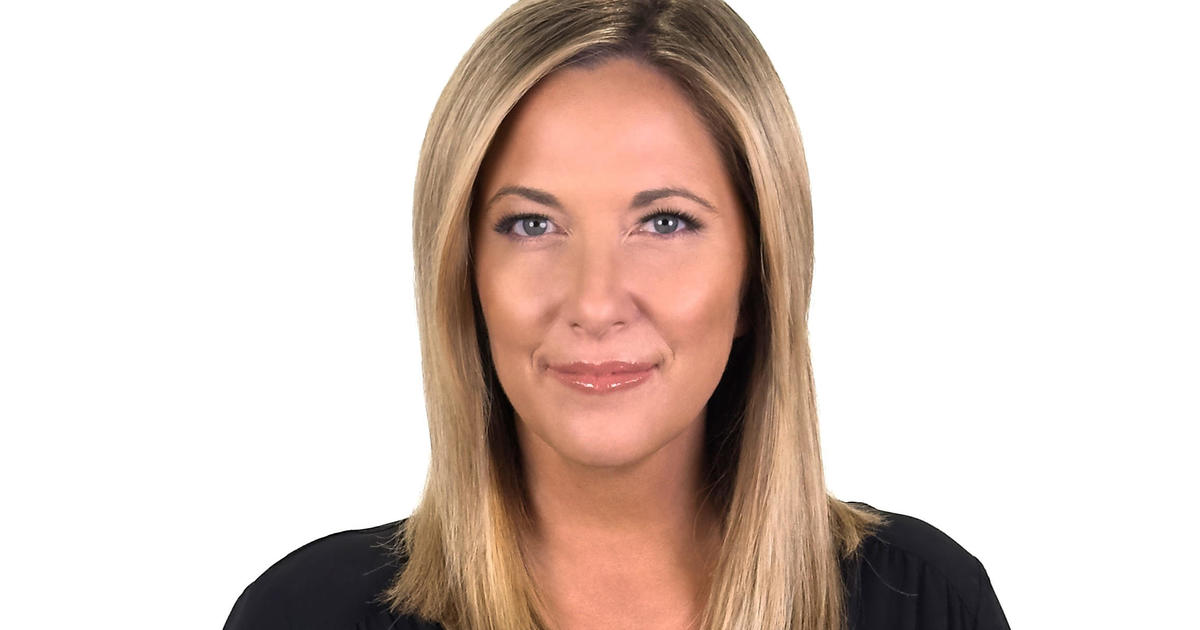Brown's Latest Budget Includes Major Infusion For Schools
SACRAMENTO (CBS / AP) -- Gov. Jerry Brown's latest budget proposes a $17 billion infusion for California's K-12 schools over the next four years, a dramatic turn-around after years of teacher layoffs and program cuts that were common during the recession.
He also wants to reshape the financial decision-making process by giving local districts more authority to spend state money as they choose. The question now is whether all the additional money and the freedom to decide how to spend it will be enough to restore the luster of California's once-renowned public school system.
The budget released by the Democratic governor this week would boost K-12 spending in the current school year by $2.8 billion, including $1 billion to implement an overhaul of the state's standards for English and math. That money, in particular, is encouraging to school advocates and teachers' groups that stand to benefit as districts invest in professional training, technology and instructional materials.
"The proposals that are included in the budget are really game-changers," said Arun Ramanathan, executive director of The Education Trust-West, which advocates for poor and minority children.
As important as the additional funding is the governor's proposal to move much of the decision-making about how the money is spent away from Sacramento to the local level, where the administration believes officials are better able to decide their own needs.
"Each district ... is supposed to come up with a plan on how they're going to spend these dollars," Ramanathan said. "And the plan has to have goals and targets. Parents are going to have under the proposal a big voice in that process, both in the committee level and at the district level."
Students First, an education reform group headed by former Washington, D.C., schools superintendent Michelle Rhee, has pushed for states to make more information available about how school money is spent. Without transparency, it's impossible to gauge whether the state spending is sufficient to properly educate California children, said Rebecca Sibilia, the group's chief financial officer.
"We have to also ask, `Are we giving enough money in ways that districts can use it,' because otherwise the money means nothing," Sibilia said. "Parents should start to ask school district administrators what they're spending the money on, how much of the money is going to the classroom. ... It's incumbent upon the district administrators to use the money in a way that benefits kids."
Brown still has a fight on his hands over how best to distribute some of the extra money to the neediest children. Supplemental money will go to districts with students who are low-income, English-learners or foster children, and Brown wants to send even more to districts where more than half the students fall into one of those categories.
The governor and some education advocates say that funding formula is essential to equalizing the state's education system and boosting achievement for the 6.2 million public school students, more than half of whom are poor, according to state guidelines. English is not the primary language for nearly a quarter of the students.
"Most of the school districts, even those that aren't getting as much money, like the flexibility. That's the feedback I'm getting from my district," said state Senate Minority Leader Bob Huff, R-Diamond Bar. "It's different in different areas of the state, but all in all, I think the governor is on the right track to give more local control."
Lawmakers in both parties who represent more affluent and suburban areas are pushing back against Brown's proposed formula.
Among them is Senate President Pro Tem Darrell Steinberg, D-Sacramento. On Tuesday, he released a list of 405 California schools that he said would not stand to gain as much money as others under the governor's plan.
"Those kids matter, too. Their civil rights matter too," Steinberg said in a meeting with reporters.
Brown's budget would push per-pupil funding in California to an average of $8,475 for the remainder of the current school year. Although the funding would dip slightly in the coming school year, it is expected to rise to $9,929 for the school year that starts in 2016.
The governor's office said schools would return to their peak funding year, 2007-08, by the 2015-16 school year if current projections hold, but there are disagreements over the exact calculation.
Some education experts say even that level of funding would not be enough to fix some endemic problems in California schools.
Superintendent of Public Instruction Tom Torlakson, a Democrat, said a comprehensive state report completed in 2007 found that the public school system needed another $15 billion to $20 billion to get back to its revered status of the 1970s—and that was before the state cut about $20 billion from schools over the last five years.
He noted that other social service cuts made during the recession have affected poor children, who then come into California schools less prepared than in the past. As an example, he cited a $1 billion cut to the state's preschool program.
(Copyright 2013 by CBS San Francisco. All Rights Reserved. This material may not be published, broadcast, rewritten, or redistributed.)



